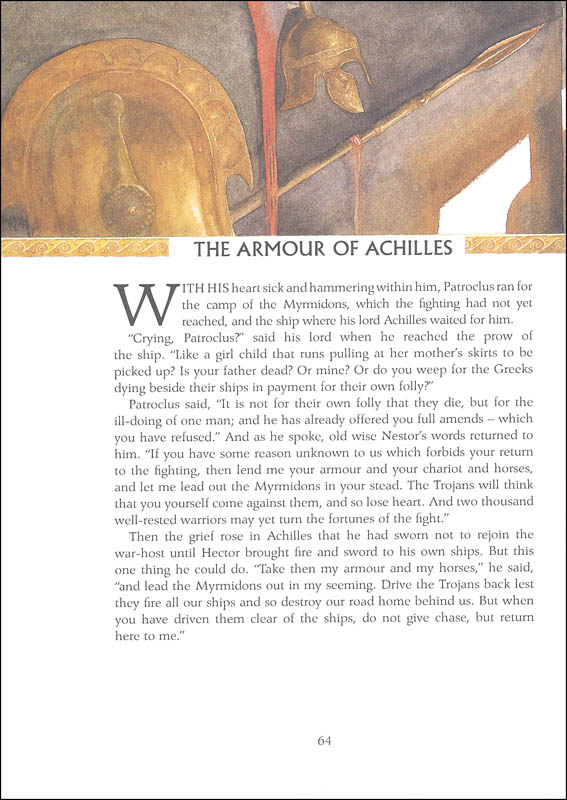
Black refers to the black color of the older sailing vessels, and the black smoke from the coal-fired steam engines of the American ships.

In particular, kurofune refers to Mississippi, Plymouth, Saratoga, and Susquehanna of the Perry Expedition for the opening of Japan, 1852–1854, that arrived on July 14, 1853, at Uraga Harbor (part of present-day Yokosuka) in Kanagawa Prefecture, Japan under the command of United States Commodore Matthew Perry. Trade with Western nations would not come until the Treaty of Amity and Commerce more than five years later. Their arrival marked the reopening of the country to political dialogue after more than two hundred years of self-imposed isolation. Navy sent four warships into the bay at Edo and threatened to attack if Japan did not begin trade with the West. In 1844, William II of the Netherlands urged Japan to open, but was rejected. During this "locked state", contact with Japan by Westerners was restricted to Dejima island at Nagasaki. In 1639, after suppressing a rebellion blamed on the influence of Christian thought, the ruling Tokugawa shogunate retreated into an isolationist policy, the Sakoku. The large carracks engaged in this trade had the hull painted black with pitch, and the term came to represent all Western vessels. In 1543 Portuguese initiated the first contacts, establishing a trade route linking Goa to Nagasaki.

The Black Ships (in Japanese: 黒船, romanized: kurofune, Edo period term) was the name given to Western vessels arriving in Japan in the 16th and 19th centuries. Patroclus must don Achilles’ armor.Japanese print from 1854 describing Commodore Matthew Perry's "Black Ships". When Achilles is enraged by Agamemnon, he nurses his anger like a “red rose” in his breast (22).Īchilles’s armor symbolizes Achilles’s responsibilities to his society. The Greeks destroy Troy by setting the entire city ablaze, representing the fall of Troy and Greek victory. After characters die, their bodies are burned, symbolizing the destruction of their lives. This snapping represents how she will break her feminine duty of marriage. When Helen first sees Paris and is still married to Menelaus, she is weaving and snaps her thread (12). The women of the text weave cloaks for their warriors. Thread and loom weaving represent feminine duty. The warriors see “red rain” falling in the battlefield, symbolizing the blood shed which occurs during the Trojan war (52).


 0 kommentar(er)
0 kommentar(er)
